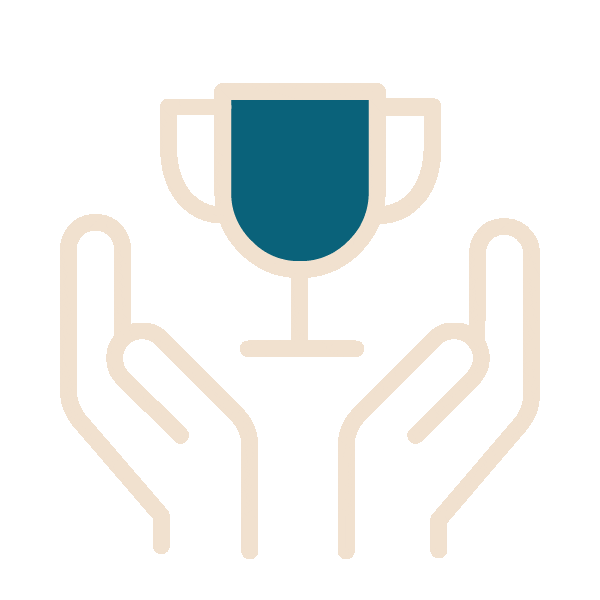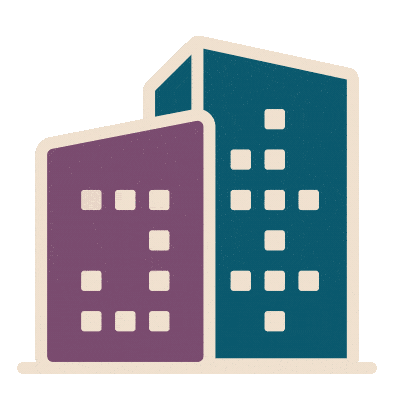A movement journey
Personal wellness is a journey, and it certainly has been for me.
My concept of wellness has always been founded in movement. My mom, an avid mountain biker; dad, a former rugby and football player; grandfather, a stellar athlete who was eventually drafted to play for a semi-professional baseball team; and grandmother who taught dance aerobics back when Jane Fonda dominated the fitness scene — have made no small impact on my activity habits or career in the field of physical activity.
I was constantly outside as a kid — swimming, swinging from trees, playing tag with my neighbors. I was also a competitive mogul skier. I spent summers on the water ramps in Lake Placid, NY practicing flips and spins before catching summer snow in Mt. Hood, OR or Whistler, BC. Then, come winter, I was off to the competitive circuit traveling all over North America.
When I left boarding school for college and was no longer competing, I had to adapt my physical activity patterns. Doing so was a process that opened my eyes to the challenges (and bliss) of keeping active in each stage of life.
For my undergraduate degree, I attended the University of Vermont, which is nestled in the mountains along Lake Champlain. There, I had every outlet for physical activity available to me. I got myself a road bike, hiking shoes, backcountry skis and a dog (and of course, I drove a Subaru), and spent all six seasons hiking, biking, running and skiing. Fun fact: there are six seasons in Vermont including mud and stick seasons. My whole life was built around movement — I even architected my class schedule around a mid-week ski day, which my parents thought was very savvy.
Through early adulthood, I was surrounded by people who were physically active and living in a place that screamed, “Get out there!” But the majority of people today aren’t living in a place with these same opportunities, myself included. Over 50 percent of the world’s population lives in urban environments, according to the United Nations, and this number is expected to rise to nearly 70 percent by 2050.
The challenges of staying active in urban environments are unique, but the opportunities are bountiful if you know where to find them.
Upon moving to New York City for graduate school, I remember feeling disoriented by the concrete jungle that is Manhattan. Being in graduate school also meant I had less economic freedom and was more strapped for time (both commonly reported barriers to physical activity). It took energy and time I felt I didn’t have to squeeze physical activity into my day.

Brooklyn Bridge
I took a breath, tried not to be too hard on myself for letting my habits slip and looked for more creative and sustainable solutions to keep moving. In the search, NYC parks became my haven.
In 100 of the largest cities in the US, nearly 70 percent of the population lives within a 10-minute walking distance of a park. Parks are a vibrant part of our urban fabric and offer opportunities for people at all life stages to stay active. They’re also a vital tool for cultivating social capital in a community. If you step into your local park, what you’ll see is likely beautiful and might even inspire you to spend more time there. You’ll see roller skaters, chess players, solo loungers, picnickers and birthday party-goers. You’ll find walking groups, joggers and all types of people making their park their gym: dips on park benches, pushups on fountain ledges and box jumps on rocks.

Central Park
Parks are teaming with potential; they have something for everyone. I quickly found myself using parks for all sorts of activities: from reading and running, to napping in the grass and eating my lunch, to just strolling with my dog.

Prospect Park
After finishing graduate school and starting at IWBI three years ago, I’ve continued to evolve my movement habits. With work being my common denominator and scheduling anchor, I’ve woven movement into my commute and workday. I bring my dog to work most days, which means we enjoy a long walk along the Hudson River Park to and from the office. I’m also lucky to have an adjustable height workstation (which is required by Feature V02: Visual and Physical Ergonomics of the WELL Building Standard™) and try to alternate between seated and standing work throughout the day. I also encourage my colleagues to join me for walking meetings and try to unplug for at least one short movement break per day, even just a stroll around the nearby park.

Hudson River Park
These seemingly small moments of activity are not insignificant. The recent update to the Physical Activity Guidelines for Americans presents research indicating that all movement matters and is important for health. We’ve shifted from a time-intensity bound framework towards a mantra of “move more, sit less.” Sure, I still swim, bike, run and hike. But I don’t do these things every day. And if there’s one thing I’ve learned on this journey, it’s that that’s OK.
The key takeaways from my health journey over the last 10 years are:
- The journey isn’t linear.
- Be kind to yourself — missing a day isn’t the end-all.
- Find small ways to move. All movement matters and is important for health.
- Use what you have, explore your local park and community. You might be surprised by what physical activity assets you find.







